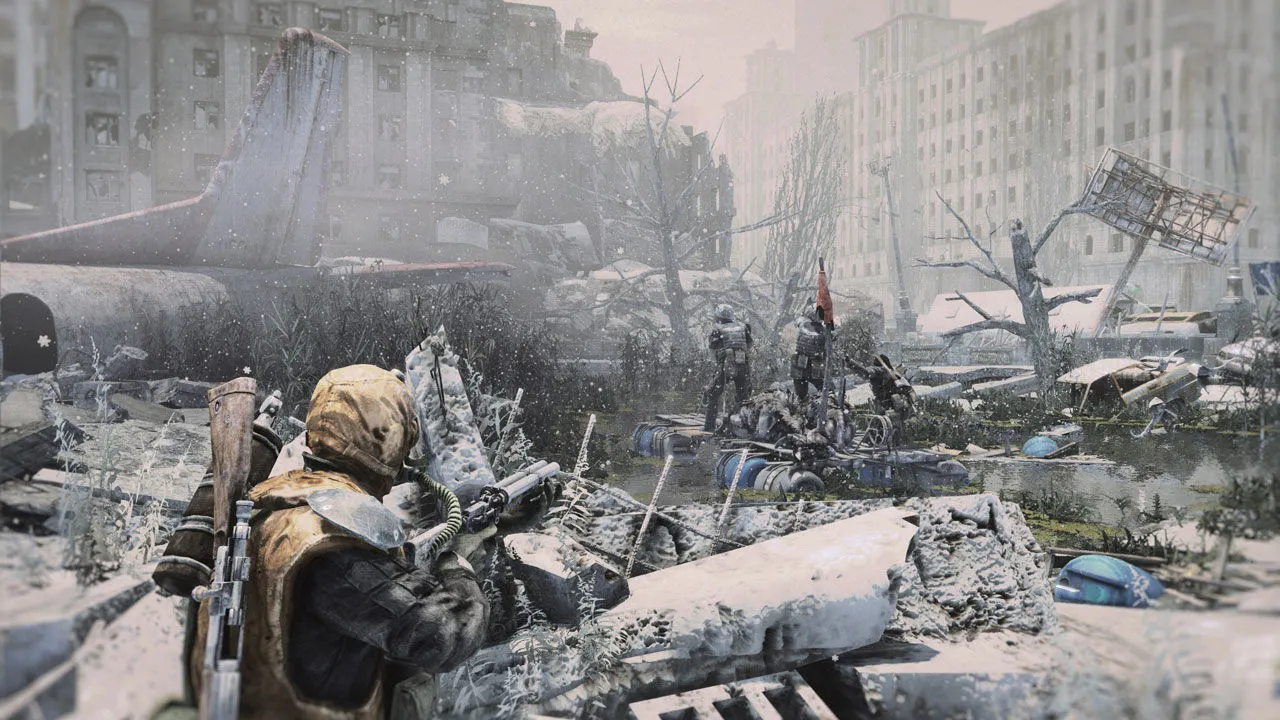
Metro: Last Light Review: A Haunting Journey Through a Post-Apocalyptic World
Contents
The post-apocalyptic genre has always captivated audiences, particularly in video games. Many titles have explored this theme, with some achieving resounding success, such as the iconic Fallout series. However, few games capture the true essence of a world ravaged by disaster as effectively as Metro 2033 (2010), developed by 4A Games. Its sequel, Metro: Last Light, released in 2013, continues this legacy, immersing players in a bleak and oppressive atmosphere rarely seen in other post-apocalyptic games. Join us as we delve into the haunting world of Metro: Last Light.
A Masterclass in Post-Apocalyptic Atmosphere
Like its predecessor, Metro: Last Light is set in a post-apocalyptic world devastated by nuclear war. Humanity’s remnants have sought refuge in the metro tunnels deep beneath the surface. This subterranean setting creates a chilling backdrop, allowing the developers to craft a truly unsettling experience. Deep, abandoned tunnels hide unseen dangers, fragmented stories spark curiosity, and unexpected attacks from both human and monstrous foes keep players on edge.
 Alt: A dimly lit metro tunnel in Metro: Last Light, showing tracks and debris.
Alt: A dimly lit metro tunnel in Metro: Last Light, showing tracks and debris.
Metro: Last Light extends this sense of dread to the surface world, a truly perilous environment that only a seasoned ranger can navigate. While Metro 2033 offered glimpses of the surface, Last Light significantly expands on this aspect. From deserted buildings haunted by lingering spirits to viscous swamps teeming with oversized creatures, danger lurks around every corner. Radiation zones and treacherous ice flows add further layers of complexity, serving as deadly traps that can quickly lead to a gruesome end.
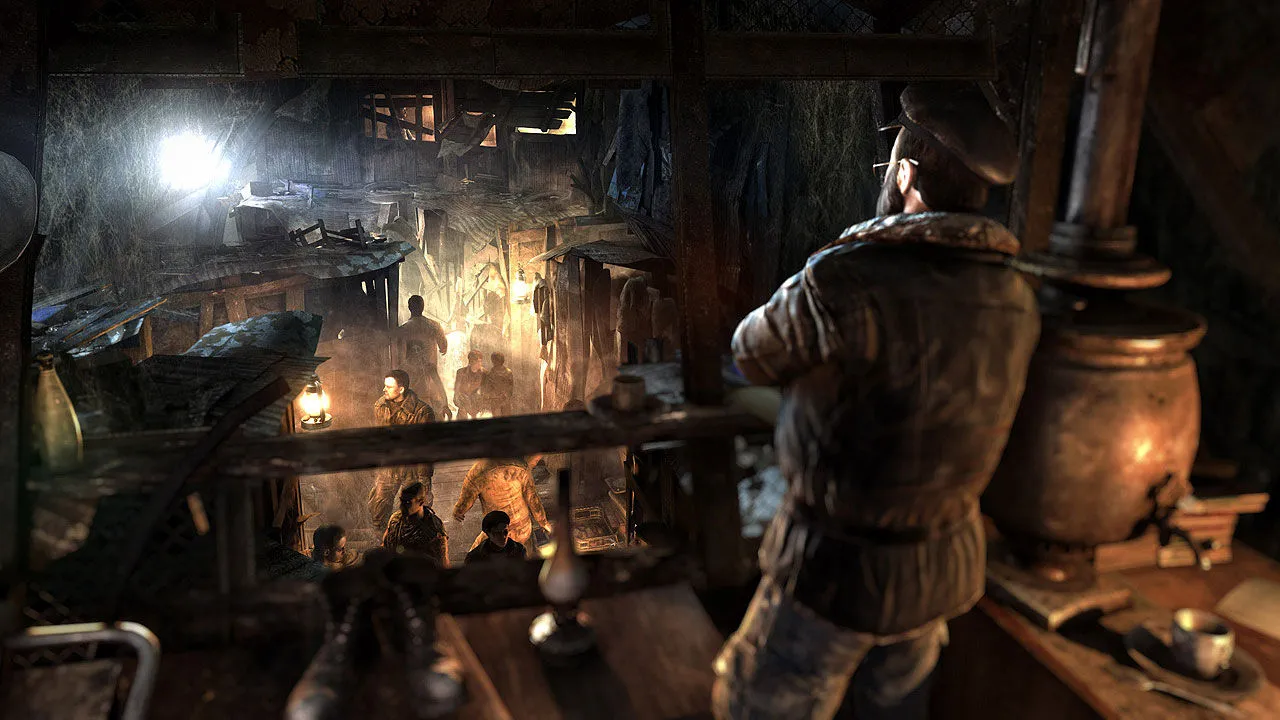 Alt: A screenshot from Metro: Last Light showcasing the desolate surface environment with ruined buildings.
Alt: A screenshot from Metro: Last Light showcasing the desolate surface environment with ruined buildings.
The game masterfully cultivates a heavy, oppressive atmosphere through its environments, constantly stimulating the player’s curiosity and fear. Only through cunning and decisive action can players hope to survive the harsh realities of the Metro.
Player Agency and Choice
Metro: Last Light offers significant player agency, allowing you to define your playstyle. You can embrace the role of a heavily armed “Rambo,” charging into danger and obliterating any opposition. Alternatively, you can become a silent “ghost,” navigating the shadows, aiding those in need, and avoiding conflict. Each approach presents unique challenges, but to fully appreciate the game’s nuances, stealth is often the most rewarding path.
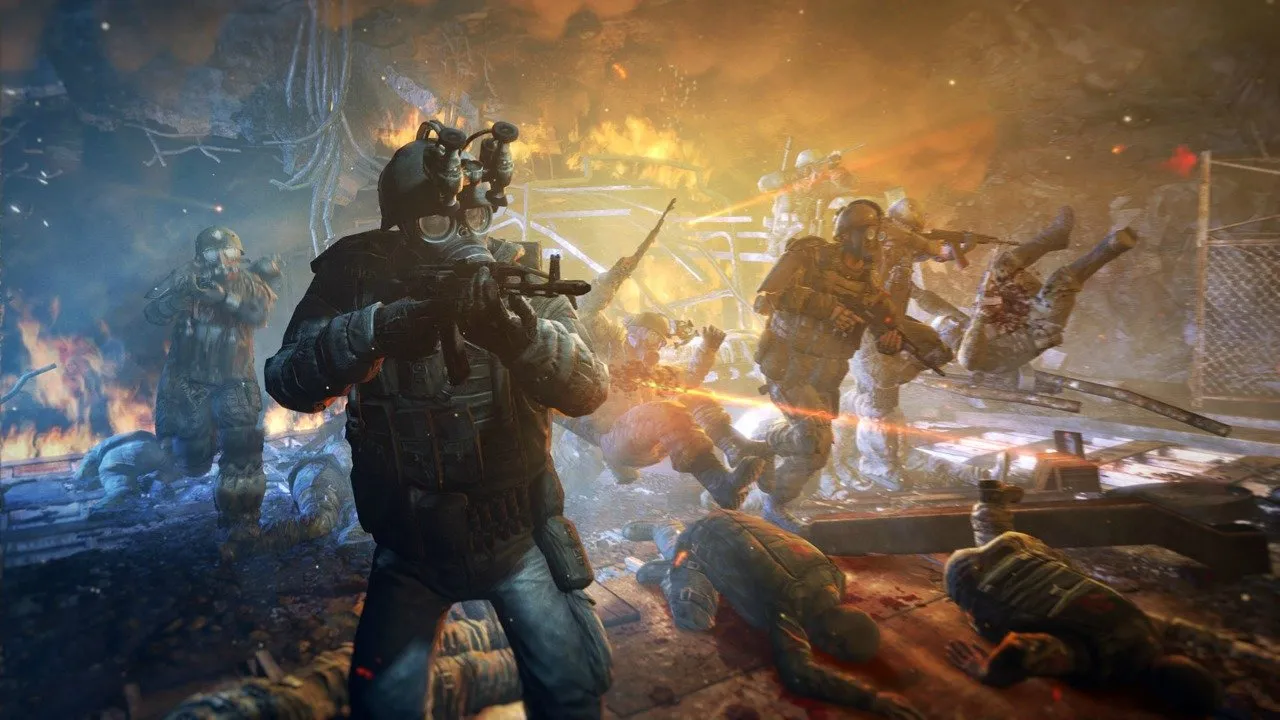 Alt: The player aiming a custom-built weapon in Metro: Last Light.
Alt: The player aiming a custom-built weapon in Metro: Last Light.
Ammunition is scarce, especially on the highest difficulty (Ranger Hardcore). Direct confrontations are often difficult, if not impossible, to survive. Stealth allows you to eavesdrop on conversations, uncovering valuable information about the Metro’s inhabitants and hidden supply caches.
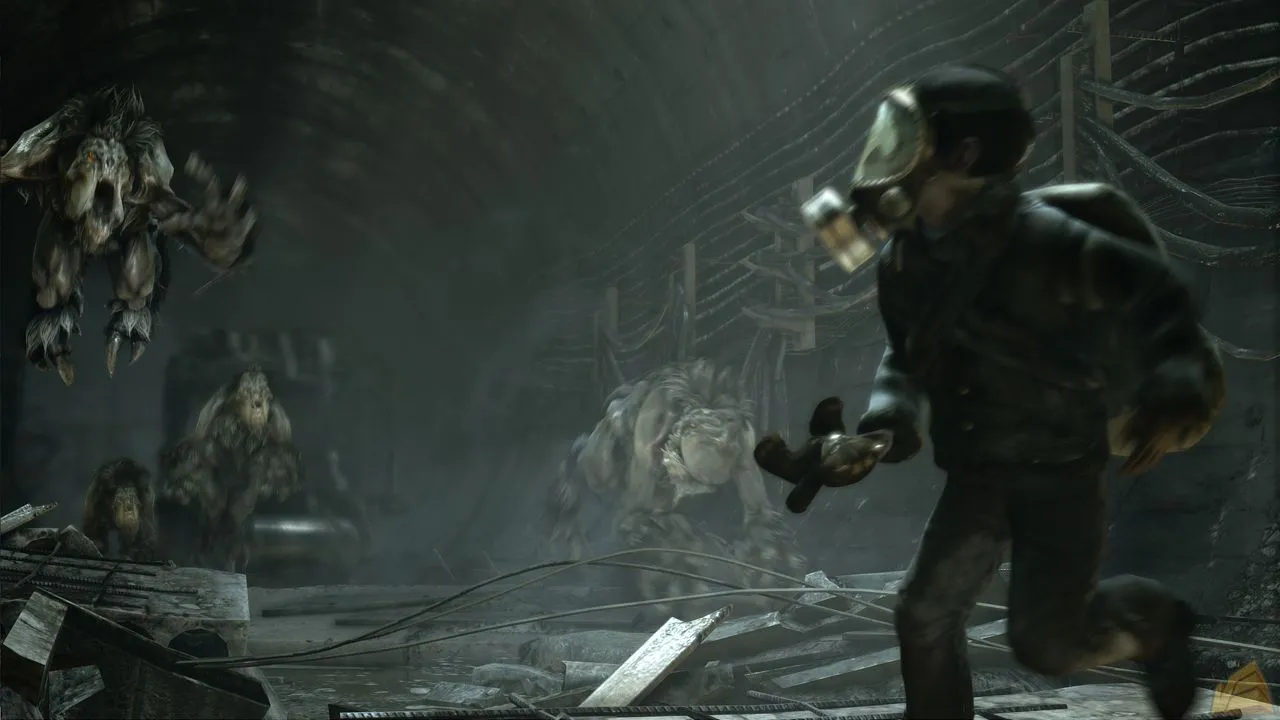 Alt: The player using a stealth approach in a dark section of Metro: Last Light.
Alt: The player using a stealth approach in a dark section of Metro: Last Light.
Unique and Engaging Weaponry
One of the most striking features of the Metro series is its distinctive weapon design. All weapons in Last Light are handcrafted, resulting in mechanics that blend familiar elements with unique innovations. Submachine guns feature magazines crudely fashioned from welded metal rods, mounted horizontally for improved control. Pneumatic weapons offer a silent alternative for stealthy players.
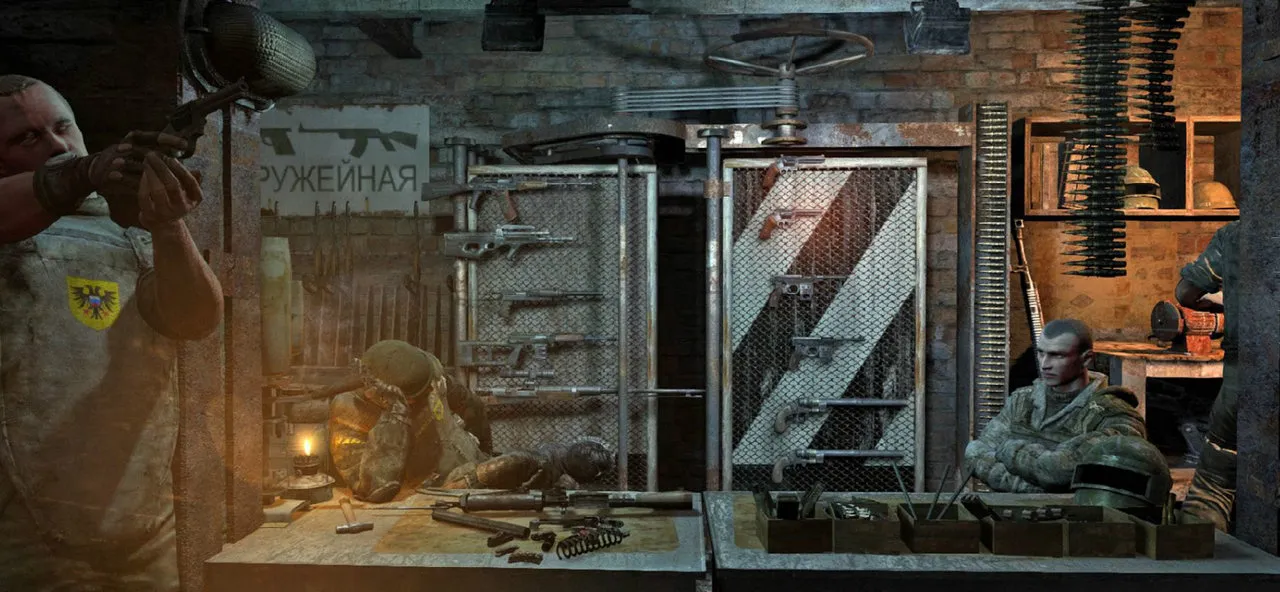 Alt: A display of various custom-built weapons in Metro: Last Light, highlighting their unique designs.
Alt: A display of various custom-built weapons in Metro: Last Light, highlighting their unique designs.
The game employs a unique currency system: military-grade ammunition. This high-quality ammunition is used to purchase weapons, homemade bullets, and other supplies. While homemade ammunition is less effective, military-grade rounds provide a significant advantage in dire situations or boss encounters. Furthermore, weapons can be customized with various attachments, offering subtle yet meaningful improvements that can significantly impact your chances of survival.
A Flawed but Compelling Experience
Despite its strengths, Metro: Last Light suffers from some shortcomings, primarily in its character animations. Character movements during combat can appear illogical and stiff. In certain instances, if the player deviates from the “script,” accompanying characters may exhibit awkward behaviors, such as repeatedly turning to wait for the player to reach a specific position. Facial animations also feel rigid, making characters appear somewhat lifeless.
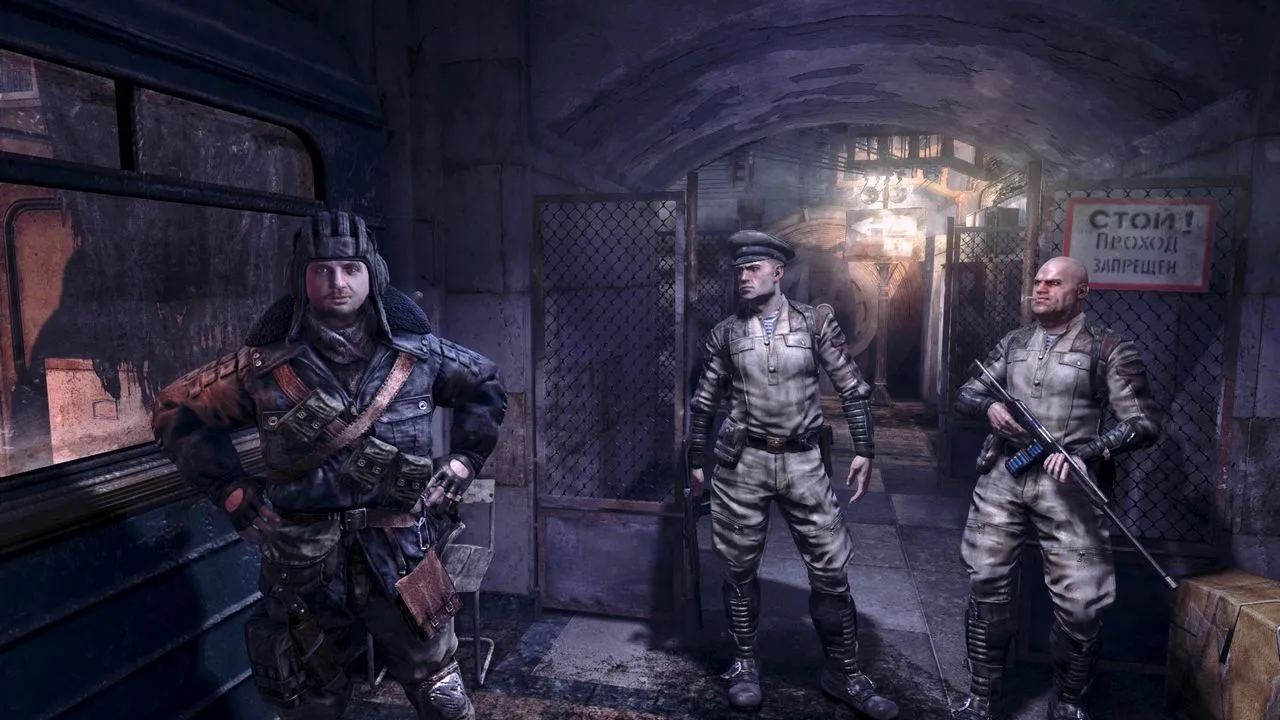 Alt: A close-up of Artyom, the protagonist, in Metro: Last Light, showcasing the game's facial animation.
Alt: A close-up of Artyom, the protagonist, in Metro: Last Light, showcasing the game's facial animation.
Conclusion
Despite these minor flaws, Metro: Last Light delivers a gripping and atmospheric post-apocalyptic experience. Its unique setting, player-driven gameplay, and distinctive weaponry create a truly memorable journey. While the character animations could be improved, they don’t detract significantly from the overall impact of the game. Metro: Last Light stands as a testament to 4A Games’ ability to craft a compelling and haunting world.





Comments (0)